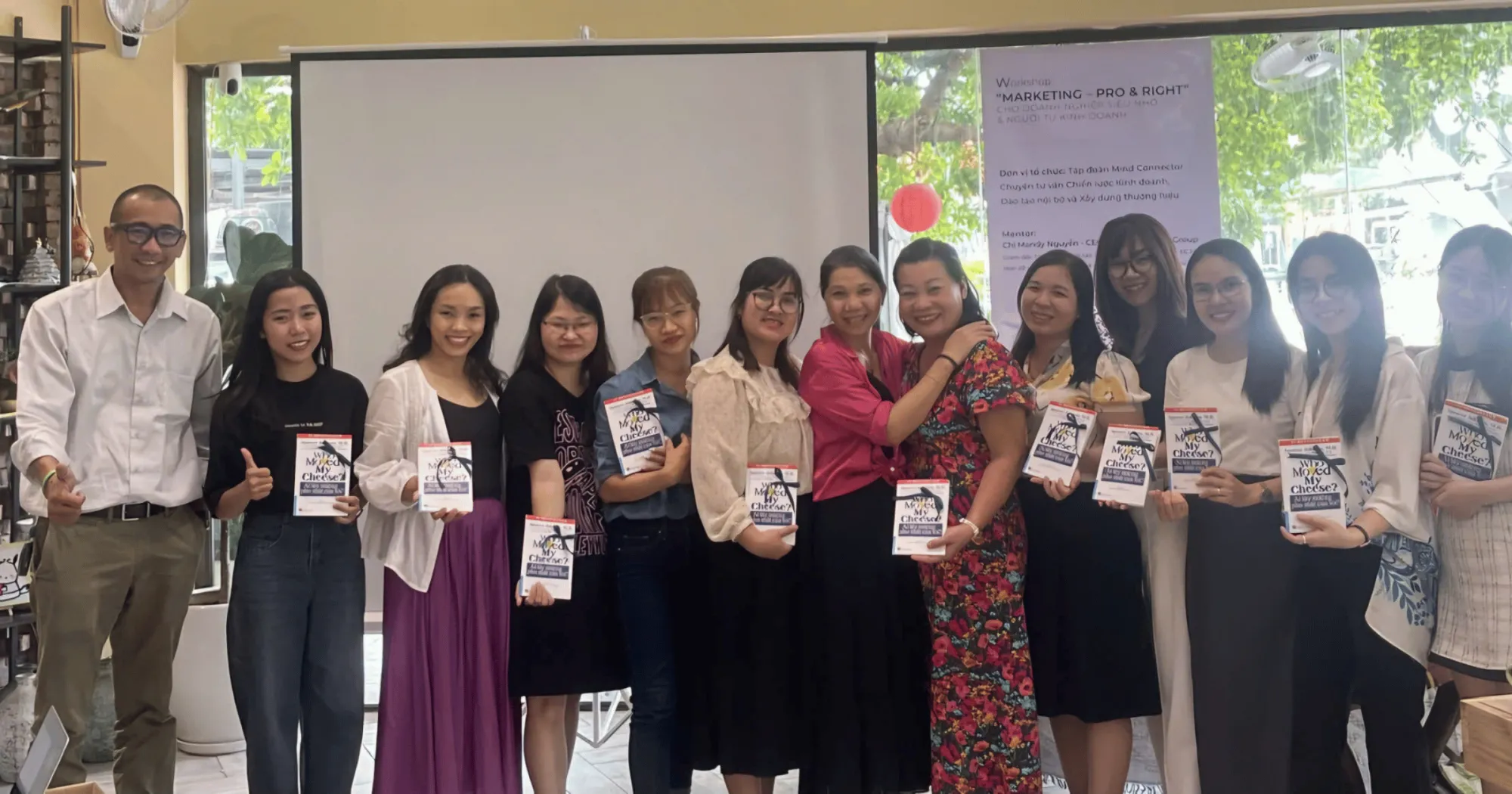In the industrial era, strategic capability of a business was often associated with the leader – the person with the vision, the ability to make decisions and lead the organization.
But in the era of data and automation, strategic capability is no longer just a human one, but is redefined as the ability of the business system to learn and respond.
Strategy therefore goes beyond “good leadership” – it expands to “learning systems”.
From Leadership to Organizational Capability
In the traditional concept, strategic capability includes the ability to see ahead, analyze the environment, develop plans and organize implementation.
The focus is on people – the strategic leader, the “compass holder” and decision maker.
But the limit of this model is the speed of adaptation, because every change must go through layers of approval, analysis, and implementation – while the real world moves faster than each round of strategic meetings.
Therefore, strategic capability in the 21st century cannot rely solely on human decision making, but must rely on automated decision making systems and continuous learning.

When Systems Become “Strategic Learners”
In modern businesses, data is the new language of strategy.
A strategically capable system doesn’t need to “speak,” it needs to learn – analyze – and react.
Thanks to AI and machine learning, businesses can now automate a wide range of strategic behaviors:
- Forecasting consumer trends,
- Optimizing real-time pricing,
- Analyzing competitors based on digital footprints,
- And even suggesting product positioning strategies using deep learning models.
This doesn’t mean AI replaces humans, but rather AI becomes an extension of strategic thinking – helping the system not just follow a plan, but develop its own intelligent decision-making capabilities.

Redefining “Strategic Capability”: From Commanding to Coaching
In the old days, leaders were the ones who commanded the organization to execute strategy.
But in an AI environment – where data moves faster than any traditional process – leaders need to become the ones who coach the system.
In other words, strategic capability today is about:
- Design how the system learns from data,
- Set rules for AI to make the right decisions,
- And continuously train the model to avoid straying from the business value proposition.
Leadership is no longer a “power center”, but a training center. Strategy therefore becomes a chain of links between people – data – algorithms – feedback – improvement.

AI and Organizational Strategic Learning
A modern organization can be viewed as an “extended brain” in which:
- Data is memory,
- Digital processes are nerves,
- AI is the reflex processing area,
- Humans are the strategic consciousness layer.
Strategic capability is no longer about “the speed of thinking of the leader”, but about the speed of processing and learning of the entire system. The more data touchpoints, the more feedback is processed, the smarter the organization becomes and the faster it makes decisions without losing its identity.

From Static Capability to Dynamic Learning Capability
An important characteristic of the new era is: every strategy has a short shelf life.
Therefore, strategic capability cannot be “knowing it right from the start”, but rather learning faster than competitors.
Today’s leading enterprises are not those with the best plans, but those with the best learning mechanisms – learning from customers, from mistakes, from the market, from internal data.
In other words, the strategic capability of an organization = learning speed + ability to convert knowledge into action.

When Strategy Is No Longer a Secret, It’s an Algorithm
In the past, strategy was seen as a “secret”: something that only the head or senior strategy team knew.
Today, with open data and AI, strategy becomes an algorithm that can be simulated, tested, and continuously improved.
A marketing strategy can be tested hundreds of A/B variations at once; a pricing strategy can be optimized using reinforcement learning; a HR strategy can predict turnover based on internal interaction behavior.
Then, strategy is no longer a unique idea, but a system that knows trial and error and can evolve.

Redefining Strategic Capabilities in the Data Age
To summarize, we can say:
- In the past, strategic capability was about leadership and vision.
- Today, strategic capability is about designing systems that can learn and react to data.
- In the future, strategic capability will be about human-machine symbiosis – where strategy is continuously “trained” rather than “issued” in phases.
Businesses that understand this early will no longer worry about “lack of strategy,” because their strategy lives in the system and learns in real time.












